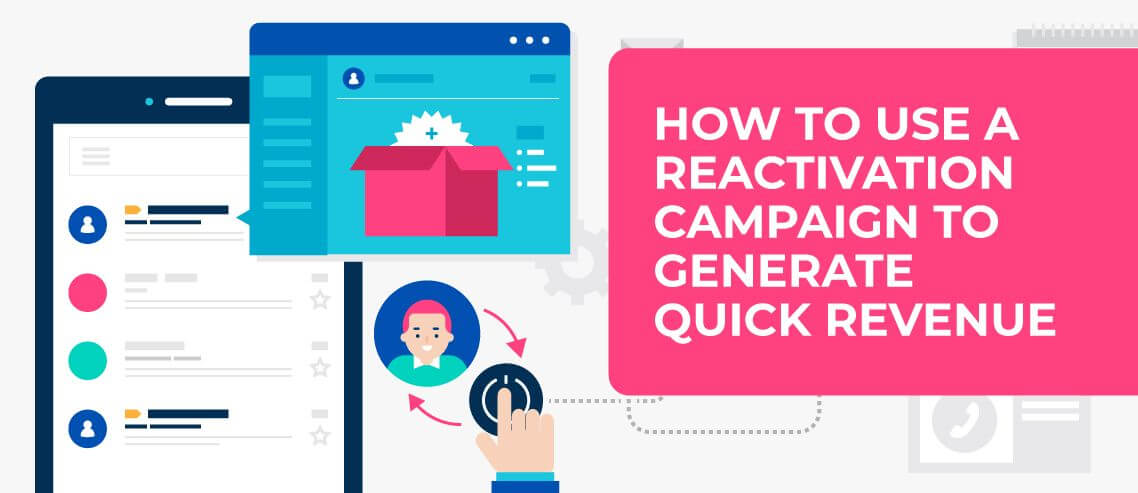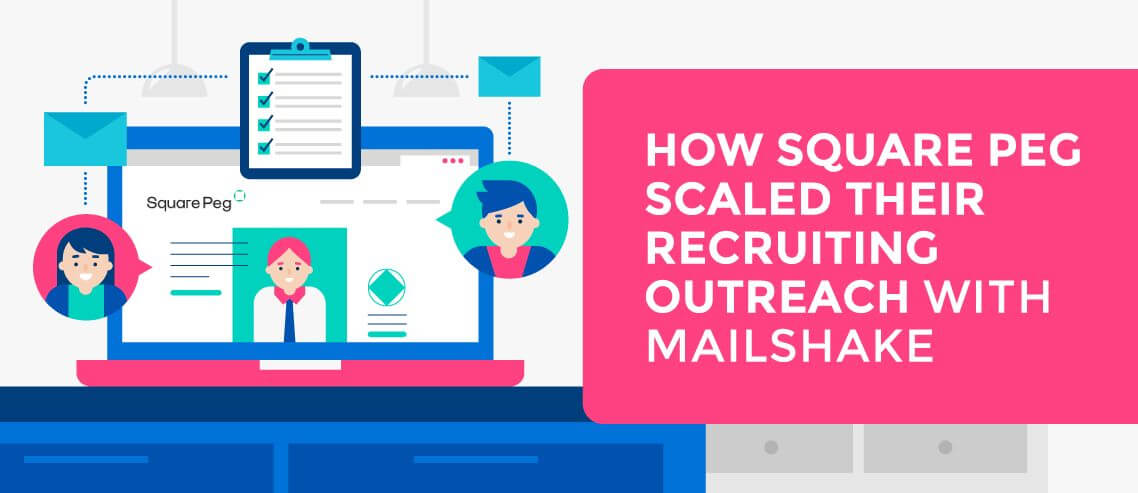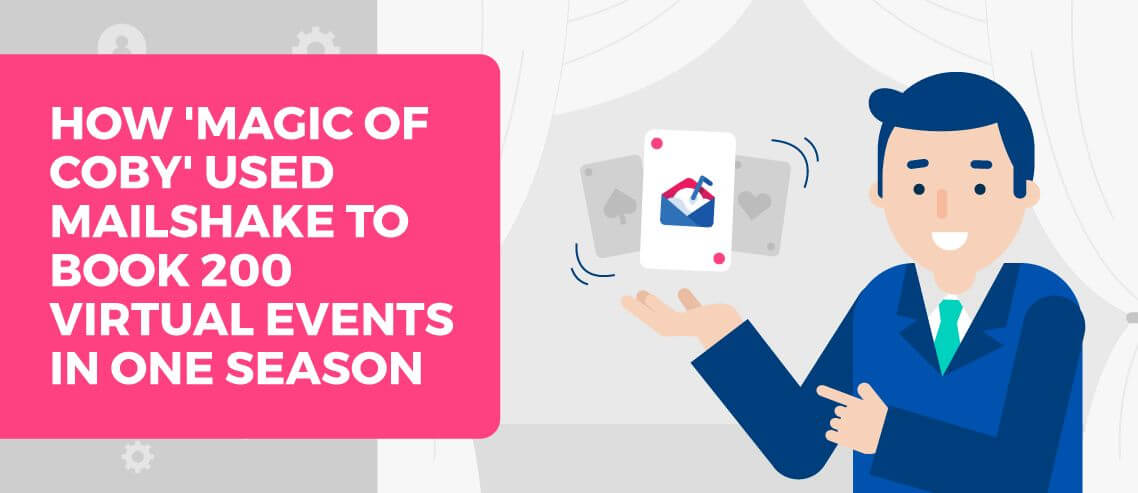How to Use a Reactivation Campaign to Generate Quick Revenue

Contents
One of the oldest, simplest, and most effective ways to generate revenue for any business is to use the resources you already have at your disposal.
We’ve used Mailshake a few times at Lead Cookie to run this process with great success. We see about a 9-10% response rate and in the various times we’ve run reactivation campaigns we’ve closed about 15-20 new clients. In this post, I want to share our process with you so you can achieve similar success.
Essentially, you will be reaching out to every inactive lead you’ve ever spoken to – but not sold to – with a brand new offer.
This simple process is called a Reactivation Campaign.
What is a Reactivation Campaign & Why Should You Run One?
In a reactivation campaign, you’re going to reach out to all of the people who, at one time or another, showed interest in your services but haven’t yet bought.
For established businesses, you may have thousands of inactive leads to add to this campaign.
You’re going to be getting your brand in front of them again and, ideally, converting some of those past leads into clients.
The biggest reason we run these campaigns periodically is that they are low-hanging fruit.
The leads on your inactive list already know who you are – you’re not cold-emailing anyone. You already have a level of relationship built with them by way of your previous interactions. With this tiny bit of warmth, engagement levels increase and they are more likely to open your email.
In addition, they already reached out to you because they have a need. They have a pain point that they thought you might be able to solve. This is your second chance to solve that problem.
Important Note: Timing on these campaigns is important. You can’t just run one because you need some quick revenue.
Because these leads have already talked with you, they know your services. But they didn’t choose to work with you. As such, you ideally don’t want to run a reactivation campaign for the same services. This works best when you have evolved or shifted your service in some way that might better suit these prospects.
Something has to be new and different. You need to find some other way to offer more and different value than your previous conversations included.
Now, onto the nuts and bolts.
How We Ran Our Reactivation Campaign
The process for running a reactivation campaign is simple and the order of steps is important. I’m going to outline how we run our successful campaigns so that you can follow each step along the way.
1. Build and Organize Your List
For me, this meant going through our CRM and organizing all the leads by status.
Anyone who was a lead but didn’t buy and wasn’t currently active was added to the reactivation list.
Of course, the more organized and updated you keep your CRM, the easier this process will be. In the end, our campaign went out to over 2,000 leads. Your numbers may vary.
2. Clean Up the List
Export your first list into a giant CSV and then clean up data. I went through personally and removed unnecessary leads. I also had my sales team go through the same process.
We eliminated people we knew we didn’t want to re-pitch or who we knew were not our ideal clients. This is easier to do by hand than through your system. During this time, we also cleaned up the names and details as needed (surprise surprise, our CRM isn’t perfectly organized – is anyone’s?).
3. Load Those Emails into Mailshake and Set Up a Reactivation Campaign
Once we loaded the cleaned-up CSV into Mailshake, we set up a simple email sequence. Be sure to make this sequence short and sweet – we don’t want to spam anyone or gain a bad reputation.
This is the script we used pre-COVID-19 and we have since adjusted our messaging to reflect the current climate:
Hi {{first_name}},
We spoke in the past about having Lead Cookie help ramp up sales for your business but we didn’t go forward at the time.
Recently we put together some new offers that encompass outreach across Email, LinkedIn, and phone. Would you be interested in learning more?
4. Send Out the Campaign Slowly
The best part about reactivation campaigns is that the response rate is incredible. This means you do NOT want to send it out to your entire list all at once.
You’ll be overwhelmed with emails and follow-ups and you’re bound to drop the ball somewhere.
Our response rate is over 10% and most of those convert to a phone call. This takes up huge amounts of time.
We send out the campaign to only a few leads each day. The list is finite and you can really only use this method every once in a while.
By sending out the campaign slowly and steadily, you’ll avoid overwhelm and you’ll be able to update the messaging as needed as you discover different things that work to lead to conversions.
Because these leads are finite, we don’t often send more than one or two short emails to this list. While each reactivation campaign is short-lived, we do keep the leads for future reactivation attempts.
Instead of sending out multiple emails for each reactivation campaign, we send out one, maybe two emails to each lead, but we do a new campaign every time we restructure and develop new services.
Use Your Resources Wisely & Reap The Rewards
You already have gold in your existing contacts, especially if you have released new products or made updates to your products and services since you last spoke to them.
Reaching out and offering to educate past prospects about new offers is a great and powerful way to capture low hanging fruit from existing customers.
Follow our process to lead to the highest response rates and conversions to generate revenue for your company.





